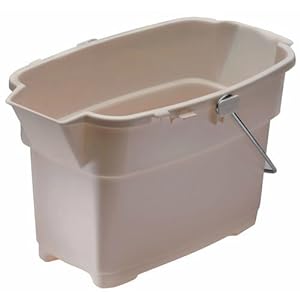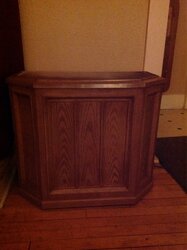Tom, a tight house doesn't "create" an issue. The design of such a house simply must pay attention to existing moisture issues that weren't a problem 70-100 years ago. Tight houses don't need humidification the way an older, leaky house does. A newer, very tight house typically needs mechanical ventilation to limit the accumulation of interior humidity produced by human activity. It's like proper installation and flashing of windows in new houses, perhaps most of which still aren't installed correctly. Really old houses never had a problem with excess humidity inside and with windows that leaked a little rain into the wall cavity, because the air leakage was so high that the walls dried out in short order. In those houses, the issue of moisture wasn't a problem for the house, but it was for the occupants because the inside air was far too dry for human comfort. Addressing the lack of moisture with humidification wasn't a problem then, but it is, potentially, with houses built within the last 50 years.
You still hear some people say that a house should be tight (to keep the heating bill down), but not too tight - "The house has to breathe." That is incorrect. The occupants have to breathe (need fresh air), and the house has to avoid moisture accumulation problems. Trying to "make the house tight, but not too tight" as a design strategy simply does not work. There is no way to design in the right amount of "leakage" that works under any particular set of conditions. Air leakage is driven by wind pressure and air density difference (air at zero F is about 15% heavier than air at 70 F). The house leaks most when it's bitter cold and windy outside (yeah, like that's news to anyone in a heating climate), and not at all when it's mild and windless outside. Worse, there is no way to control "leakage." The only right thing to do is to make a new house as tight as possible and provide mechanical ventilation. With an older house, dry air can be addressed by really tightening up the house. Making an older house so tight that mechanical ventilation would be required to keep interior humidity down would be prohibitively expensive, because of all the leaking framing joints that can't be accessed easily.
On this forum, there occasionally are posts by members in the process of designing or building a new house in a heating climate. Many seem to resist suggestions to make the darn thing exceedingly well insulated and tight, opting instead to build "conventional" and throw a lot of cheap heat into it in the form of a huge woodstove. I've sometimes posted advice to go superinsulated, but I suspect most of it falls on deaf ears. Perhaps I should get off the soapbox.




 Seems the 15 gallons of water the new humidifier put out has my humidity up to almost 25%.
Seems the 15 gallons of water the new humidifier put out has my humidity up to almost 25%.
 !
!